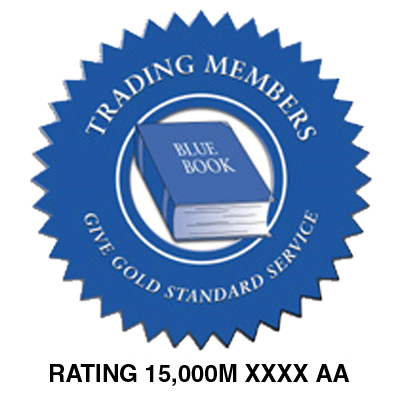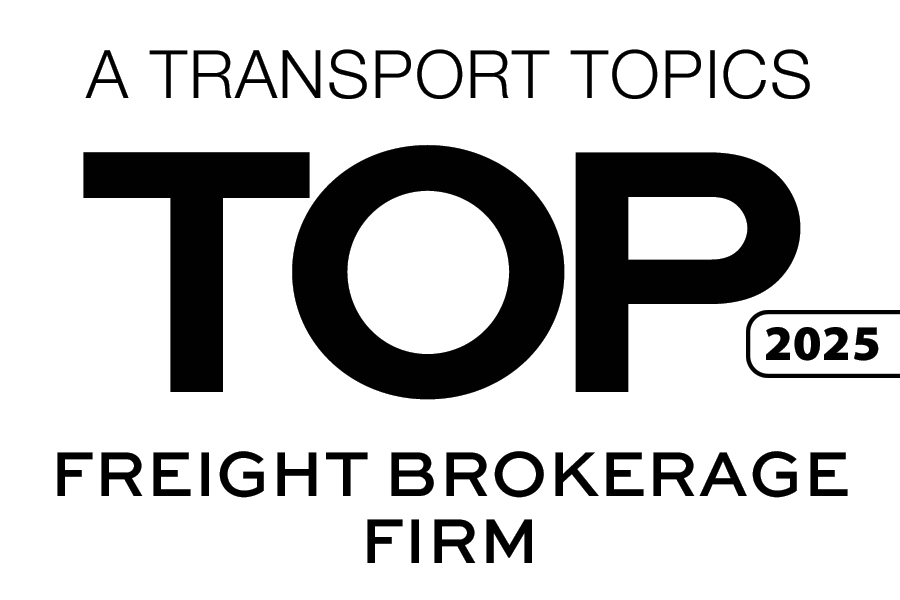Economic Update: Danger Signs on the Road Ahead
August 8, 2022

While talk of recession continues, there’s plenty to feel good about in today’s economy. Consumers have ample savings, and consumer confidence remains high. Since the start of the pandemic, personal consumption has grown at a rate of 6 percent, topping the average annual rate of 4 percent. The construction sector also remains strong, helping to fuel employment and economic activity. Numbers from the tracking group ISM Services show new orders for durable goods growing at an annualized rate of 8.8 percent. Overall job creation is on the rise, with the unemployment rate at near 5-decade lows and jobless claims in decline.
“We have people spending money, we have confidence, we have work in the pipeline, and a strong labor market,” says Dan North, Chief Economist at Alianz Trade North America. “But as we know, we have some big problems as well.”
While some key indicators provide hope, all is not well in the economy. Inflation is raging at a 40-year high of 9.1 percent year-over-year. June of 2022 alone saw a jump of 1.3 percent—the highest single-month gain of inflation in 42 years. Of the many factors driving these staggering increases, fuel oil remains at the top of the list, followed by energy commodities, motor fuel, and gasoline.
What signs point to the possibility of recession? Watch the Stay In Your Lane Podcast for the answer to this question and more.
Due to its dependence on fuel, the transport sector shoulders a disproportionate inflationary burden. The consequences have also trickled down to consumers, who are dependent on commercial transport for food and most essential goods. When the products people rely on are suddenly more expensive, the average consumer’s budget takes a serious hit.
Employers raising wages to battle the effects of inflation has done little to stem the tide. Nominal wage increases for hourly workers have risen by 5.1 percent in the past year—one of the highest increases in decades. Adjusted for inflation, these totals amount to negative gain at -3.9 percent. Even with rising wages, hourly workers are losing ground in this economy.
North believes the Federal Reserve’s monetary policy is squarely to blame for current economic challenges. The low interest rates maintained through the pandemic continued for too long, while the Fed failed to recognize that mounting inflation was more than a transitory trend. By the time it was clear that inflation would persist, the Fed still waited too long to raise rates.
Will the recent interest rate hikes be enough to slow this runaway economy? Learn more by watching the Stay In Your Lane Podcast.
“The problem is it takes three to five quarters for changes in monetary policy to take effect,” North says of the Fed’s slow response. “They’re not going to be fully felt until the end of the year.”
North compares the strategy of raising interest rates to combat inflation to driving a semi. When traffic is stopped ahead (inflation), it’s best to notice the slowdown as soon as possible and begin to brake smoothly—which in this analogy means applying rate increases well in advance. In North’s estimation, the current Fed strategy is like slamming on the brakes at the last minute and causing a pileup. Aggressive monthly rate hikes could be too late to stop inflation and might further damage the economy.
Signs of mounting trouble supporting North’s view are beginning to show. Recent layoffs, hiring freezes, and jobless claims that haven’t made the latest reports are on the rise. These leading indicators can point to recession on the horizon.
It has been shown that consumer spending and monetary policy are the key drivers of inflation. In our current situation, lax monetary policy could be to blame. Though growth may continue through this year, the true nature of the economy as it relates to recession won’t be revealed fully until 2023. To help your organization navigate the difficult times ahead, trust your partners at Triple T Transport for reliable third-party brokerage services.
Special thanks to Dan North. To learn more about Alianz Trade North America, visit there website here.














